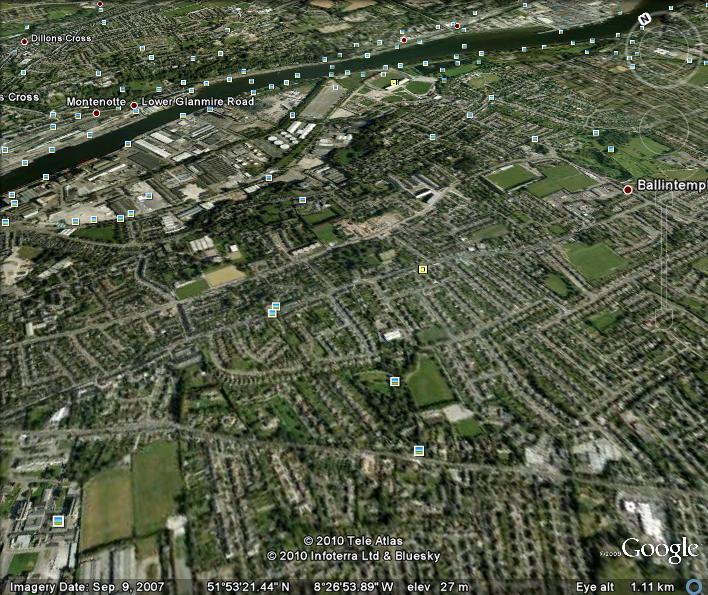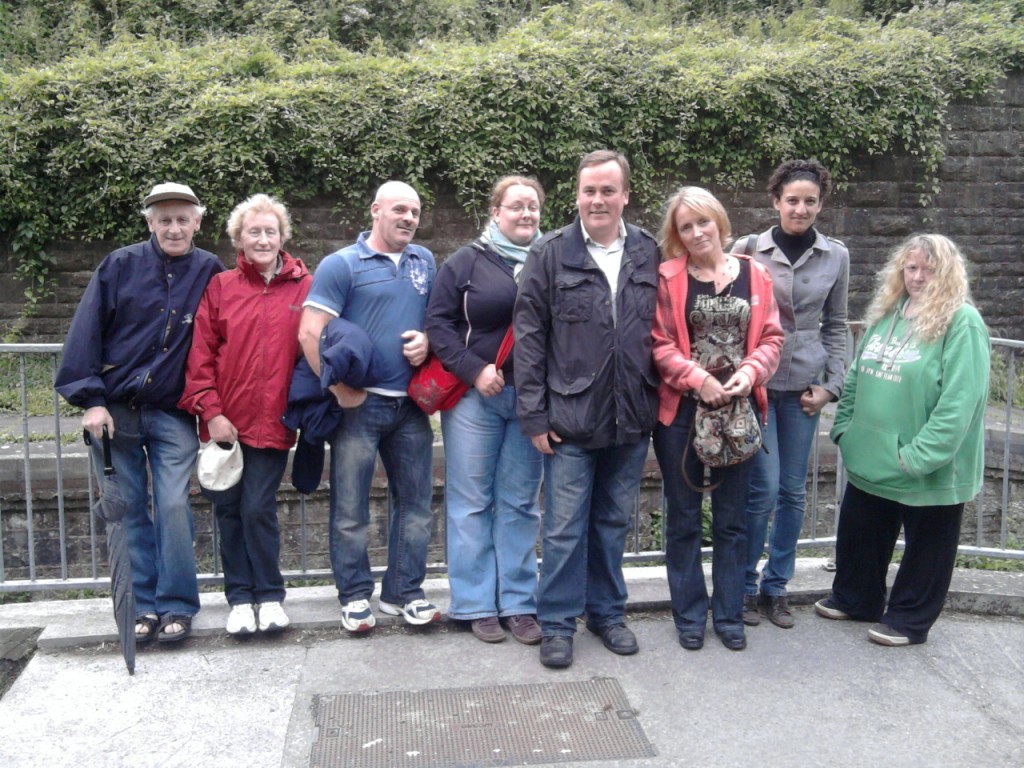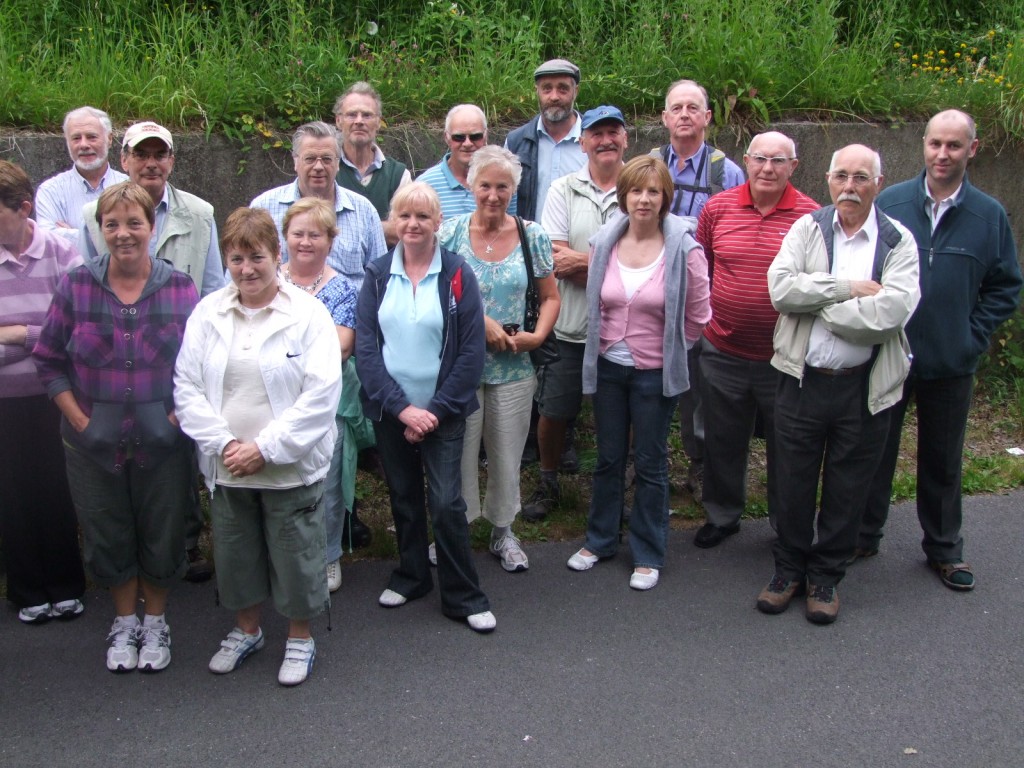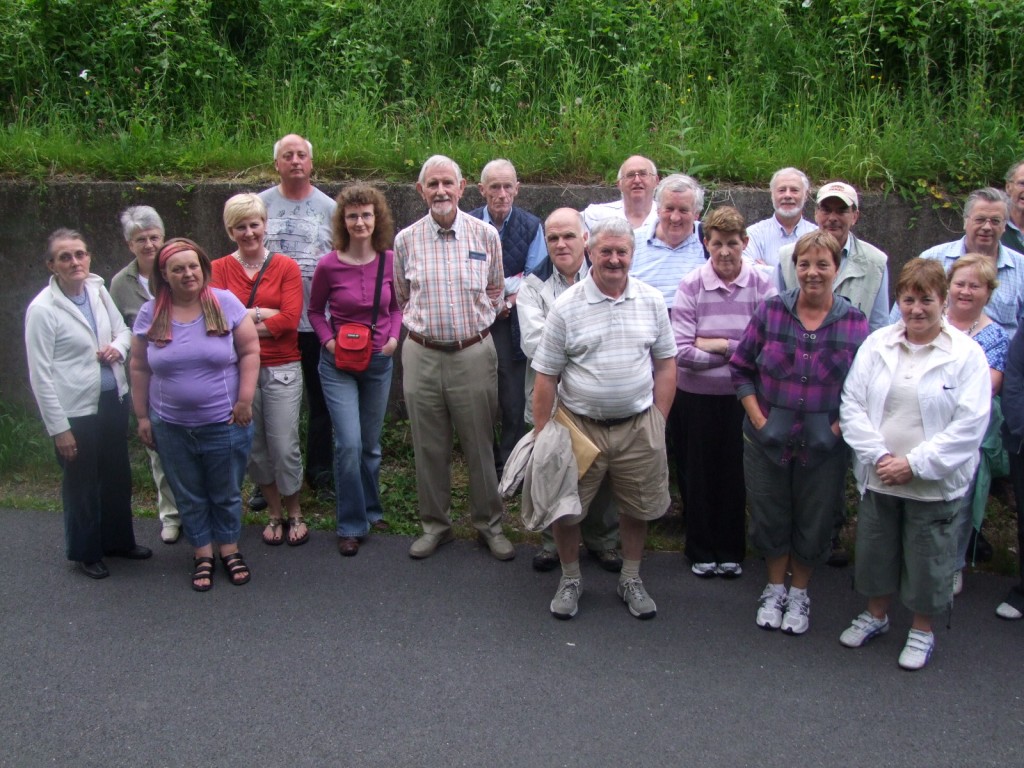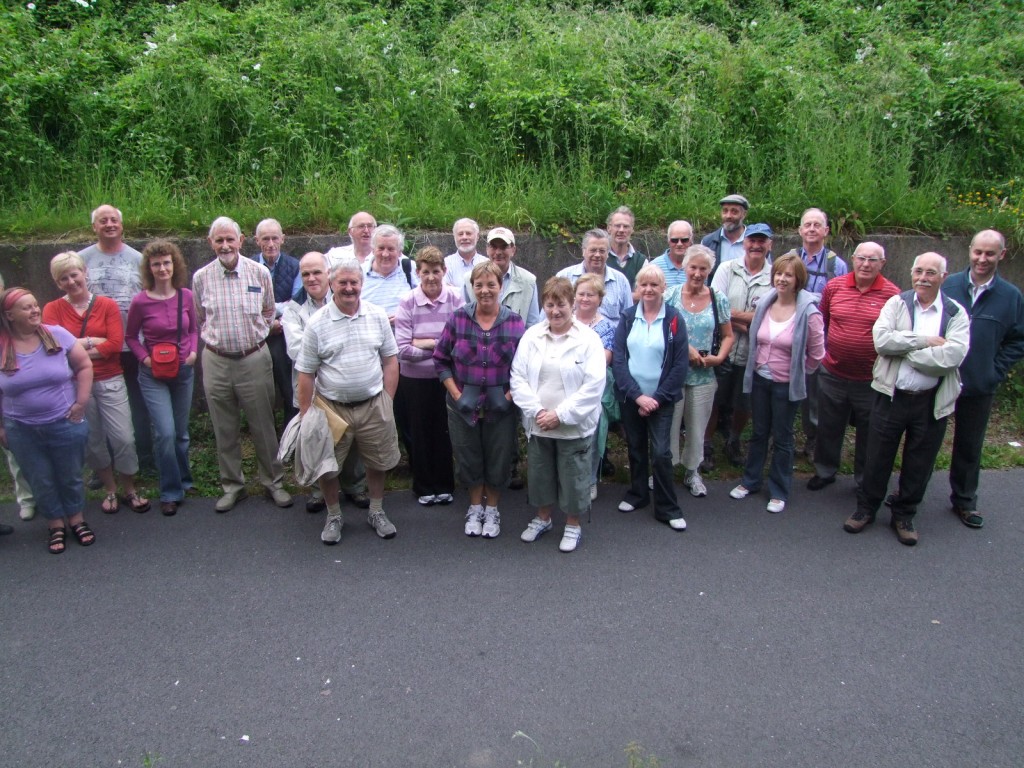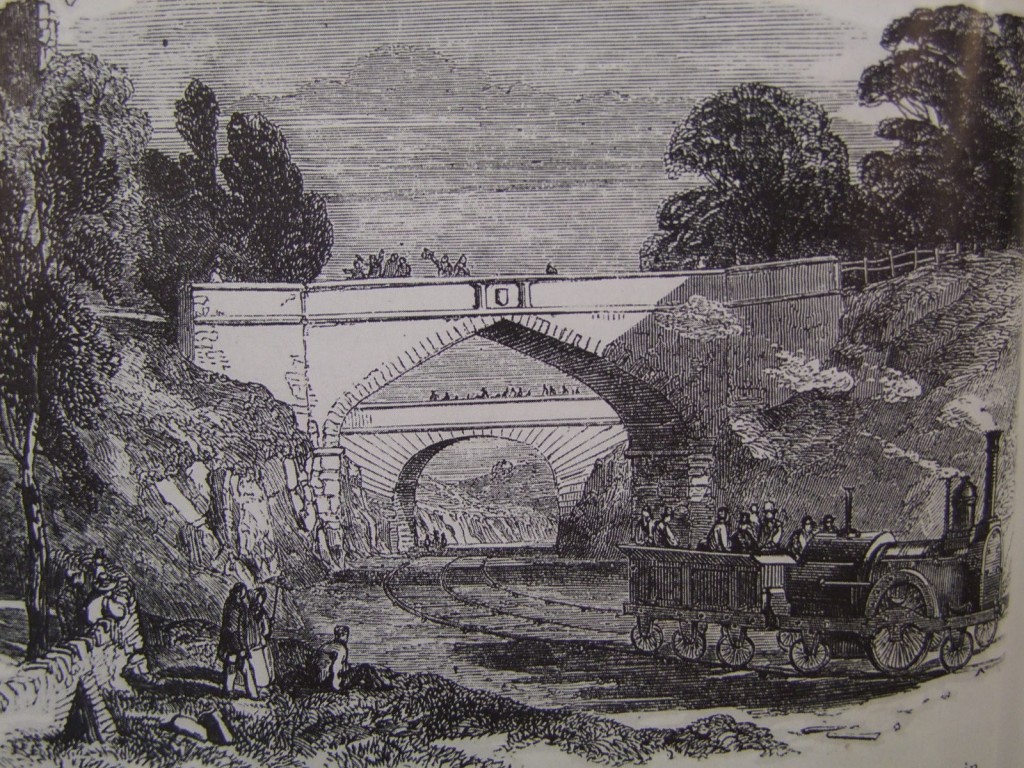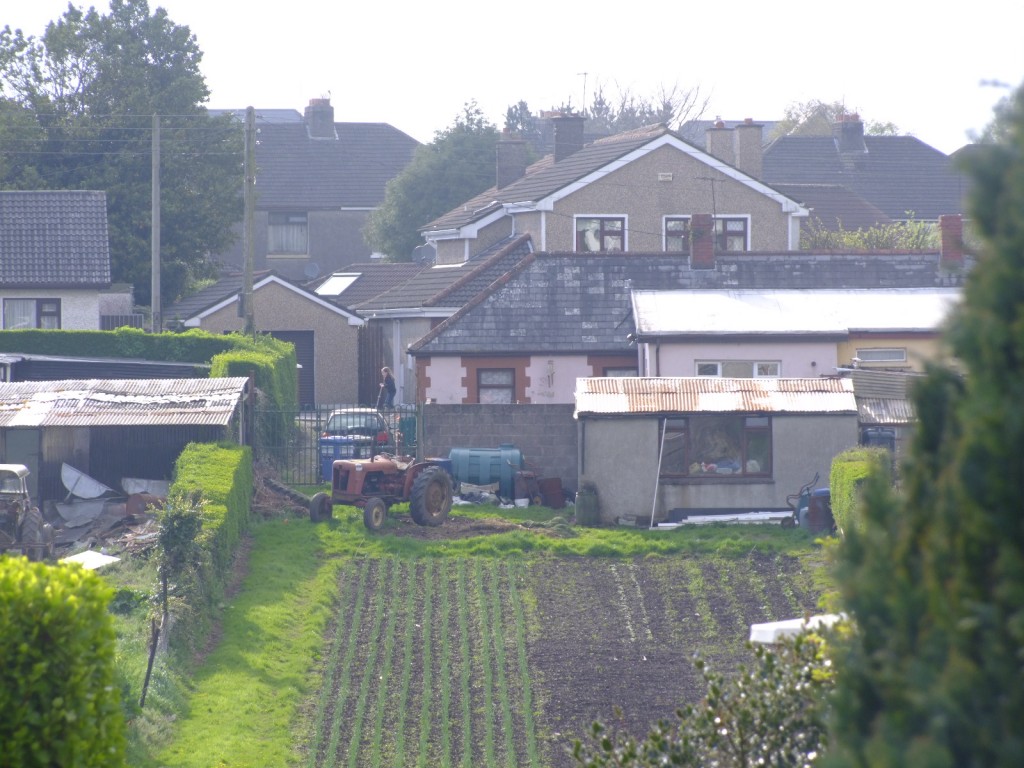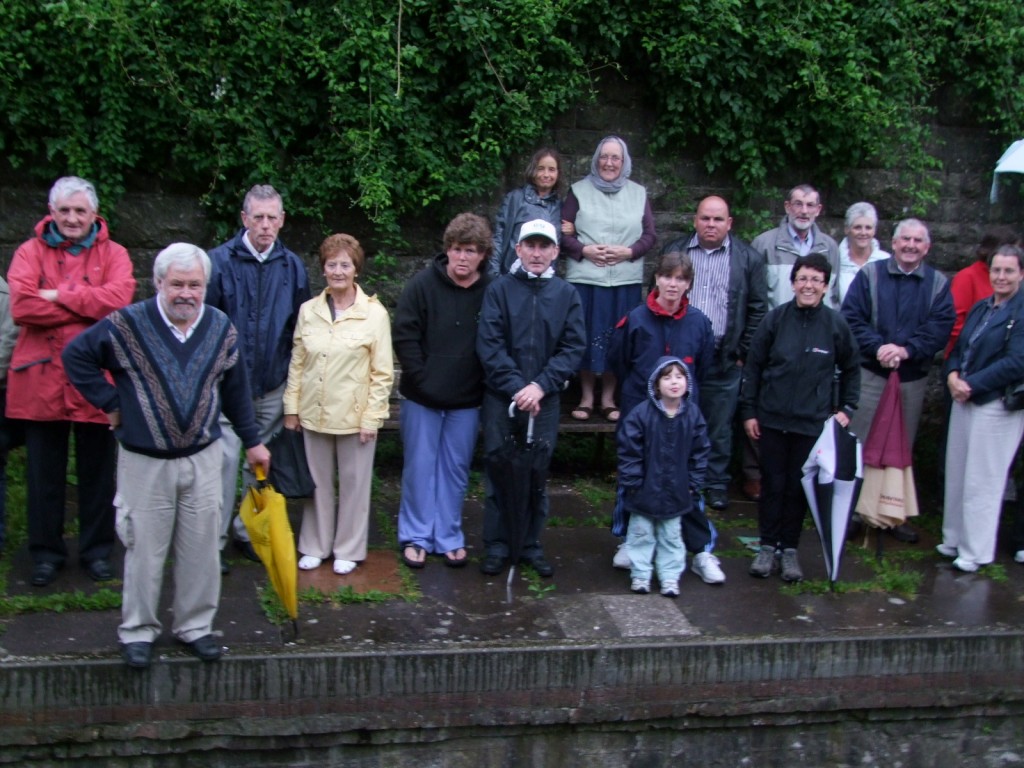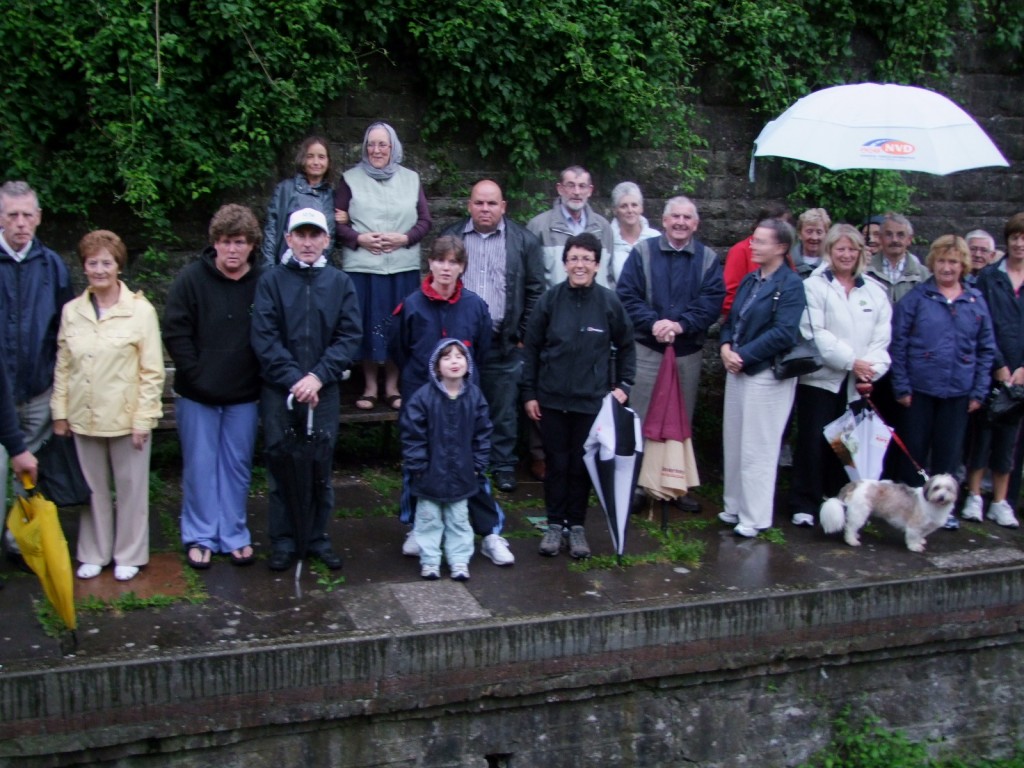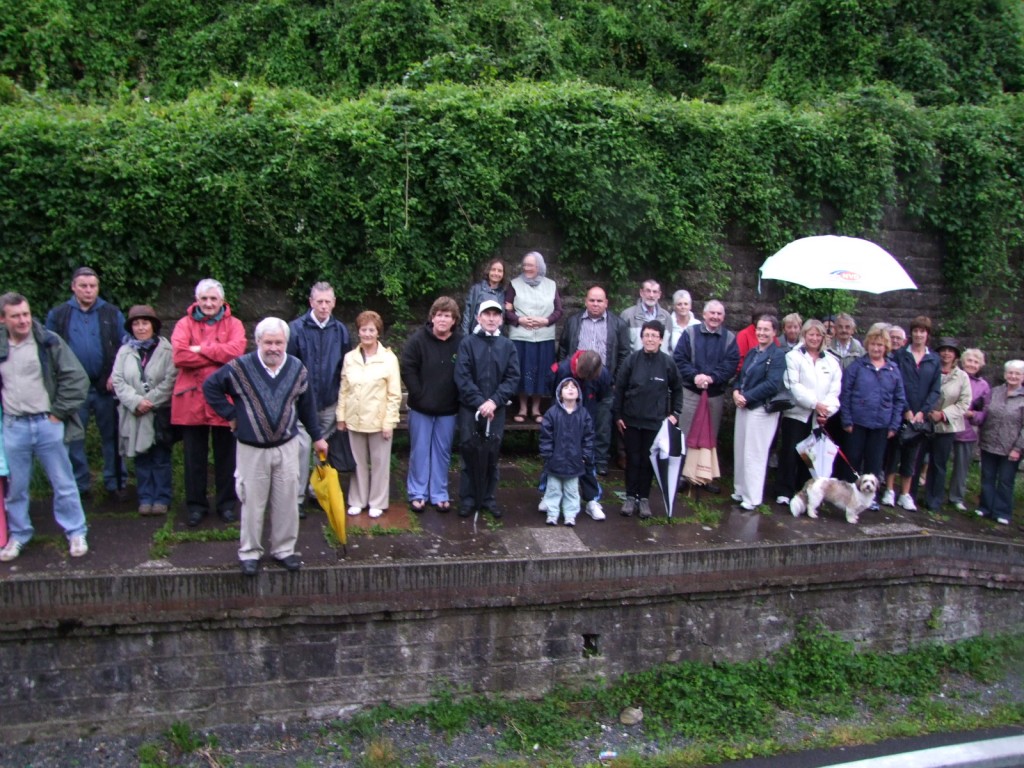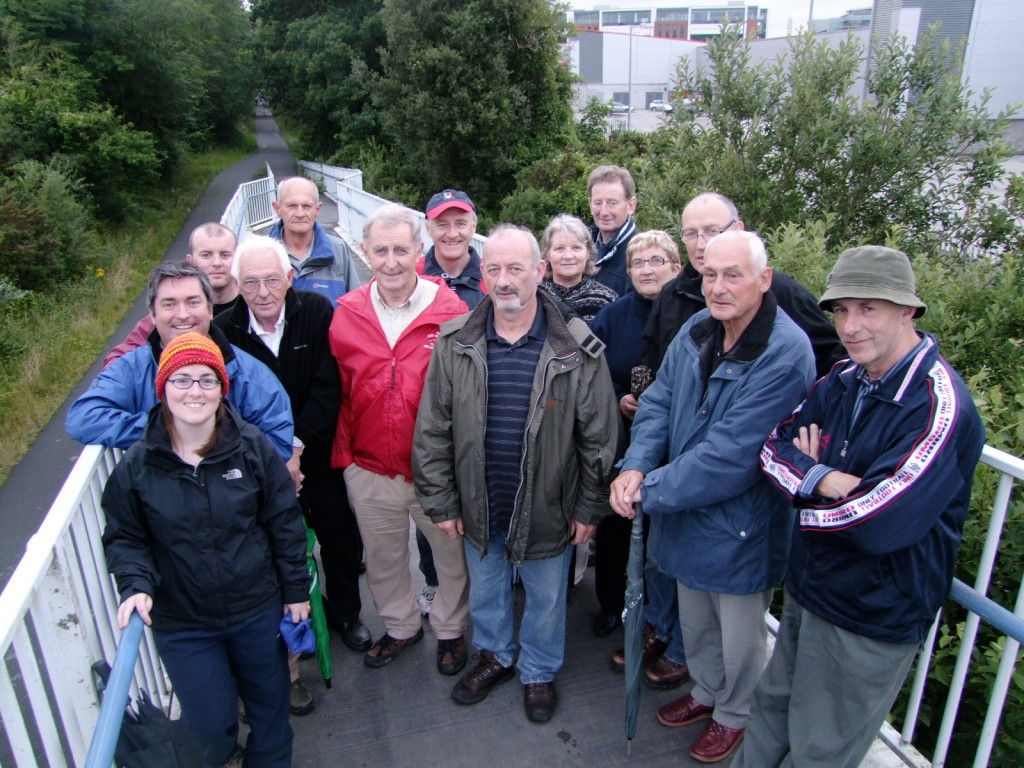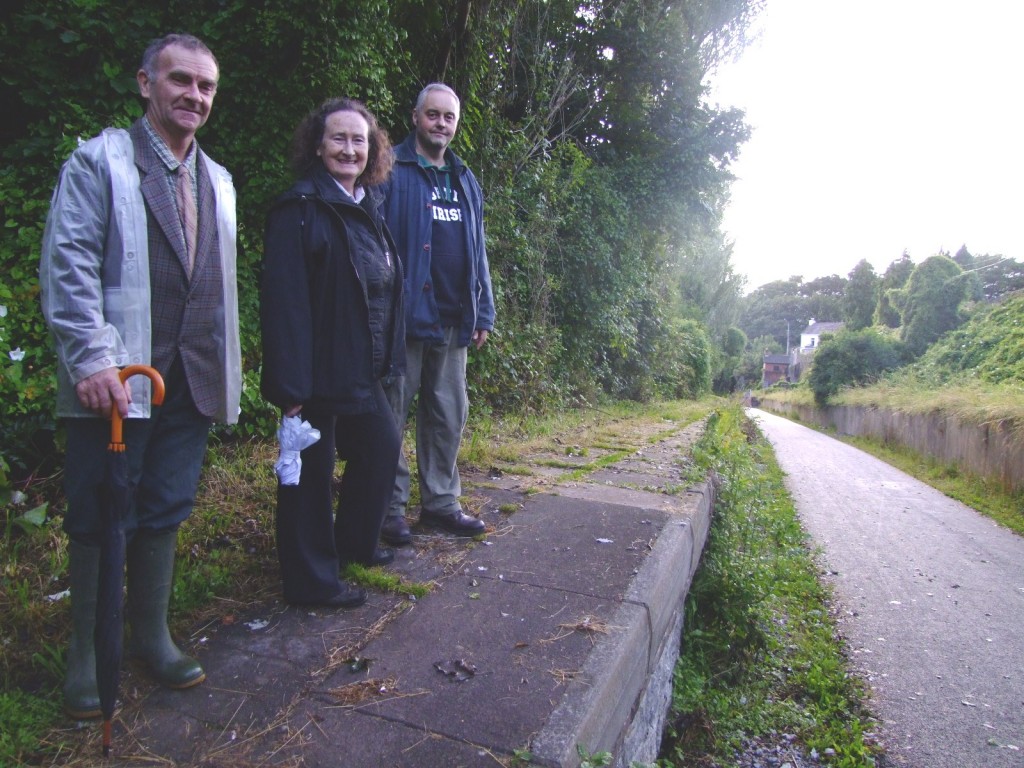For Cork Heritage Open day on Saturday 29 August, the National Sculpture Factory formed part of over 30 buildings, which opened their doors free of charge for this special event. Members of the public were allowed a glimpse of some of Cork’s most fascinating buildings ranging from the medieval to the military, the civic to the commercial and the educational to the ecclesiastical. This year the National Sculpture Factory teamed up with me to pen a series of information sheets and a heritage trail for the public on the Factory building’s history and its surroundings.
One hundred years ago, the building of the present National Sculpture Factory was the central hub for electric trams whose trackways created arteries through a bustling city of contrasts from slums to richly embellished Victorian terraces in the city’s middle class suburbs. The site was also the electricity distribution centre. The site also lays adjacent to the docks, Hibernian Buildings and Jewtown, the old terminus building of the Cork Blackrock & Passage Railway Line, the site of the Cork Park Racecourse and Fords and of course lies under the shadow of the iconic Elysian Tower.
Cllr. Kieran McCarthy noted: “The National Sculpture Factory building is worth a look; much of the story of Cork’s modern development is represented here. The history of the port, transport, technology, art, agriculture, sport and the suburbs can all be studied here. It’s great to be able to explore such great historical gems especially a building that has added so much to the present identity of the city”. More information of heritage open day can be viewed at events under www.corkheritage.ie.




